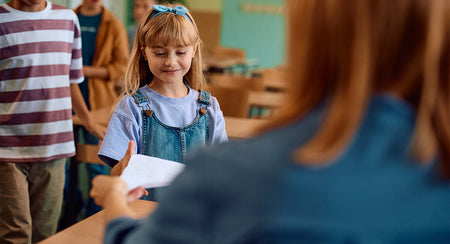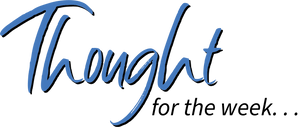Refusing to assume that students are lazy may seem like a preposterous proposition. If we apply the common definition of laziness to the behavior of some students—procrastination, taking shortcuts, failing to follow through—we might conclude that there is a perfect match. However, labeling a student as lazy has some serious downsides.
Once we decide that a student is lazy, we often feel that there is no need to search further to understand their behavior. Yet, what we are seeing may be the result of a variety of factors, pressures, and circumstances. We also risk blaming the student for a problem that may not be their fault.
Laziness is often assumed to be a character trait, but no scientific research identifies laziness as an element of someone’s character. Further, punishing laziness does not make students more motivated, conscientious, or committed to learning. The behaviors of procrastination—taking short cuts and a lack of follow-through—may look like laziness, but they may be the result of something that is addressable and fixable. Labeling students as lazy cuts off the need to inquire, blames the student, and may allow us to feel that we do not have to do more.
On the other hand, if we refuse to assume laziness as the cause of student behavior, we open the door to ask some important questions: What is driving the behavior? What about the task associated with the behavior may be contributing to the conduct? Is there something else going on that drives the behavior we are observing?
We also might ask: What are the consequences of being wrong? If we assume the student is lazy and there is something else at play that is holding the student back, we will have squandered an opportunity to make a difference. We may also brand the student in ways that become self-fulfilling prophecy. If we assume the student is not lazy, when they actually are, we can still learn more about the student, uncover possible ways to make them less lazy, and we may even plant some seeds that take root and grow in the future.
So, what opportunities lie in refusing to assume that students are lazy?
- We move from blaming the student’s character to exploring what may be causing the behavior.
- We look beyond the student’s behavior and try to learn and understand the back story of their choices.
- We move from making assumptions about the student toward understanding their perspective, experience, and life circumstances.
- We lessen our focus on compliance and look for ways to make and strengthen our connection with the student.
- We become less occupied with punishing and more focused on problem-solving.
- We leverage the power of our positive assumptions to lift our expectations and strengthen our support.
We may discover that some difficult realities underlie what appears to be laziness. The student may lack underlying skills that need to be strengthened. They may fail to see relevance or challenge in what we are asking them to learn. They may have failed so many times that they lack confidence in their potential to succeed. They may fear what friends would think if they began to behave as though they care. Of course, the list of learning-related challenges could go on. Yet, these are issues about which we can usually do something to make the situation better and increase opportunities for success.
We may also find that what is causing the behavior lies beyond the student’s experience in school and our ability to intervene. We may need to enlist the efforts and support of others in the student’s life. We might need to recruit professionals within and beyond the school to intervene and provide support. While we may not be able to solve these issues, our interest, concern, and support can make a determinative difference to the student and lead to shifts in behavior and a stronger relationship with us.
It may seem that laziness is straightforward behavior. However, upon examination, there is often much more to the situation than first appears. Only when we go beyond making assumptions and drawing conclusions are we able to understand, intervene, and make the difference that can change a life.















